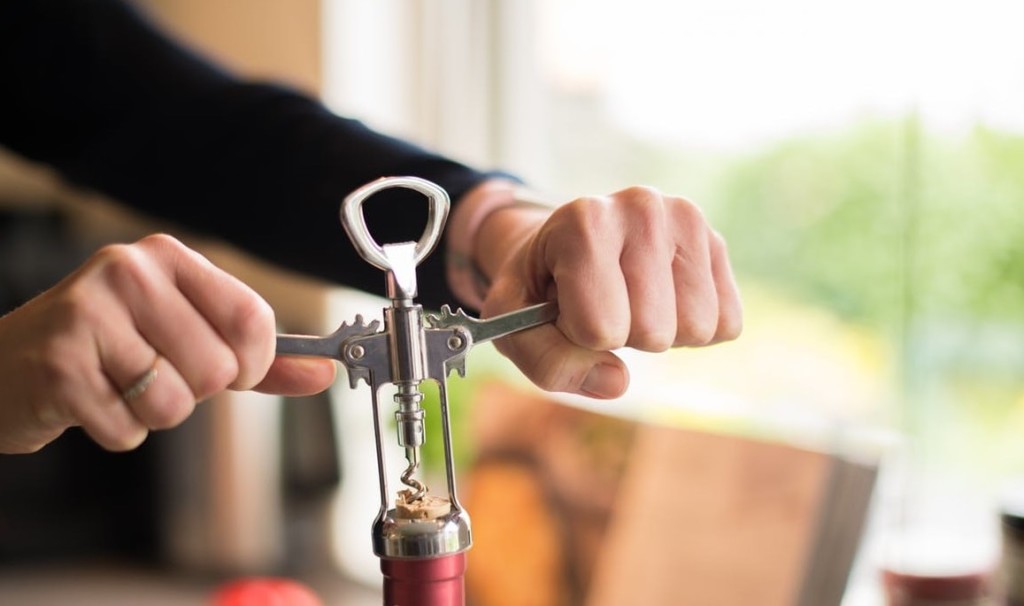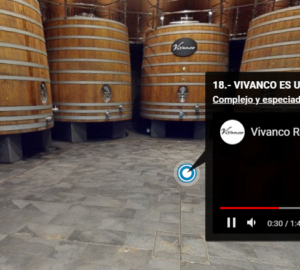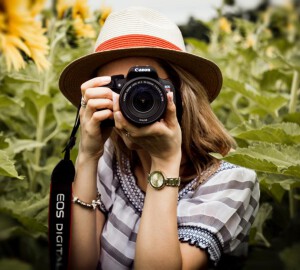Nowadays we are all familiar with corkscrews. In fact, although it is not one of the objects that people consider essential in their daily lives, it could be said that every home has at least one of them. But everything has an origin and, as far as we are concerned here, we have to go back a few centuries to find the origin of the first corkscrews.
The use of cork in wine bottles
The corkscrew arose as a necessity before the introduction of cork as a closure method for wine bottlessomething that happened back in the 18th century. Before this, the bottles or vessels containing the wine were closed with wooden blocks and cloth which, as can be understood, was a more complicated and less efficient system than the cork.
The corks were already known before that time, but legend has it that the monk, who was also the creator of the famous Champagne wine, developed this closure for wine bottles. Dom Pierre Perignonwho is also the creator of the famous Champagne wine, the application of this closure for wine bottles. It is said that it was during a pilgrimage to Santiago de Compostela that the Benedictine monk saw that pilgrims used corks to close their water bottles and that this was a very convenient material to close wine bottles securely.
But of course, this new closure system would also require a convenient and quick way of opening the corks, and so the proposals for removing the corks from the bottles began to emerge.
The first corkscrew in history
Although this theory attributes the application of the cork to wine bottles to Dom Perignon, The first references to a corkscrew do not come from France, but from England. Although this theory attributes the use of corks to Dom Perignon, the concept of the corkscrew is a little broader. Treatise on ciderThe first references to a corkscrew, written by James Worligge in 1676, already refer to a tool for removing corks from bottles, which was similar to the one used to remove bullets from rifles.
Over the following decades, this object for uncorking bottles was perfected, but it was not until the end of the 18th century that we find the first patent for a corkscrew, registered by Samuel Henshall in 1795. This is the one that gives the utensil its characteristic traditional "T" shape, as it adds a wooden handle perpendicular to the metal thread with which the cork is extracted.
From this point on, hundreds of corkscrew models appeared on the market, some with only slight modifications and others with slightly more profound advances.
To name but a few of the most prominent corkscrew models still in use today:
- The corkscrew of a time
Patented by the German Kark Wienke, it incorporates the lever system to facilitate the extraction of the cork. It is considered to be the most widely used corkscrew nowadays and is also known as the waiter's corkscrew, as it is the one preferred by these professionals and the most used in the hotel and catering sector. Very similar to this and also widely used is the two-stroke corkscrew.
- The winged corkscrew
The architect of this model, which is common in many homes due to its ease of extraction, was Dominick Rosati, who patented it in 1930, although there is also a very popular Spanish version, created by the industrialist David Olañeta in 1932, which is known as the owl corkscrew.
- The foil corkscrew
As its name suggests, it uses sheets that are inserted between the cork and the neck of the bottle. As they do not perforate the cork, they are the most recommended for old wines, as they prevent the cork from breaking and affecting the liquid.
Such is the importance that this utensil has had in the history of wine, that at the Museum Vivanco of Wine Culture we wanted to give it a leading role. And so, in room 5 of our Museum (named Open, serve and drink) we have an exhibition of around 3,000 corkscrews. Many of them with stories as interesting as those presented by Santi Vivanco in this video:
In any case, it must be said that, despite the fact that the most commonly used corkscrews today are already quite old, there is still a lot of research and innovation in these utensils. In addition to the many proposals in terms of aesthetics or materials, there is no shortage of new ideas and models of corkscrews, with the aim of facilitating the extraction of this closure and, at the same time, ensuring the quality of the bottled liquid.

















